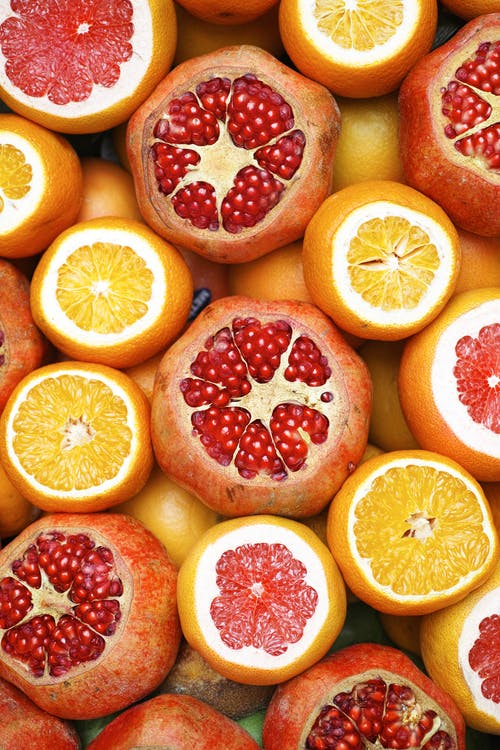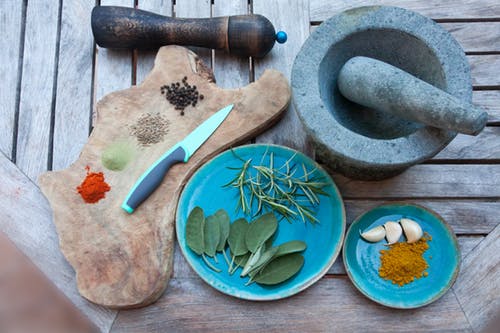Food Preservation-
Food preservation, any of a number of methods by which food is kept from spoilage after harvest or slaughter. Such practices date to prehistoric times. Among the oldest methods of preservation are drying, refrigeration, and fermentation. Modern methods include canning, pasteurization, freezing, irradiation, and the addition of chemicals. Advances in packaging materials have played an important role in modern food preservation. Many common methods use several of these approaches at the same time. For example, pickles preserved in a jar are heated then put in a mixture of vinegar and brine. Fruit jams and jellies are heated and mixed with a large amount of sugar. Some preserved fruit is heated and then mixed with alcohol (for example, Brandy) and a large amount of sugar. Smoked hams are cured in brine and then exposed to the smoke from burning wood chips.

Keep Fruit & Veggies Longer-
Fruit start to rot faster thanks to the release of ethylene gas, which is responsible for the ripening process. I love the Frigidaire’s PureAir® Freshness Booster™ Starter Kit because you just adhere it to your crisper wall and it removes any excess ethylene gas to slow down the ripening process. It’s a big money saver and helps me actually eat my veggies!
Freeze Excess Herbs -
Trousers or pants (North American English) are an item of clothing that might have originated in Central Asia, worn from the waist to the ankles, covering both legs separately (rather than with cloth extending across both legs as in robes, skirts, and dresses). Whether you have a garden or bought a bunch of herbs for a recipe that only called for a tablespoon, you can chop or puree any excess with a touch of olive oil and freeze the mixture in ice cube trays. Once frozen, I like to transfer them to a plastic resealable bag and use them for sauces, marinades and soups.
Revive Stale Bread -
You’re going to think I’m crazy, but if you put water on bread or baked goods like muffins, you can help reverse their staling. Simply run your baked goods under water until they’re moist but not soaked, wrap them in foil, and bake them for 10 minutes at 300 F. Ta da – fresh bread!
Make Salad Ahead -
I like to pack my lunch to night before, but cut salad often gets wilty before lunch the next day. Store any pre-cut salads (or leftovers) with a piece of paper towel over top to help absorb excess moisture that makes them get soggy faster.
